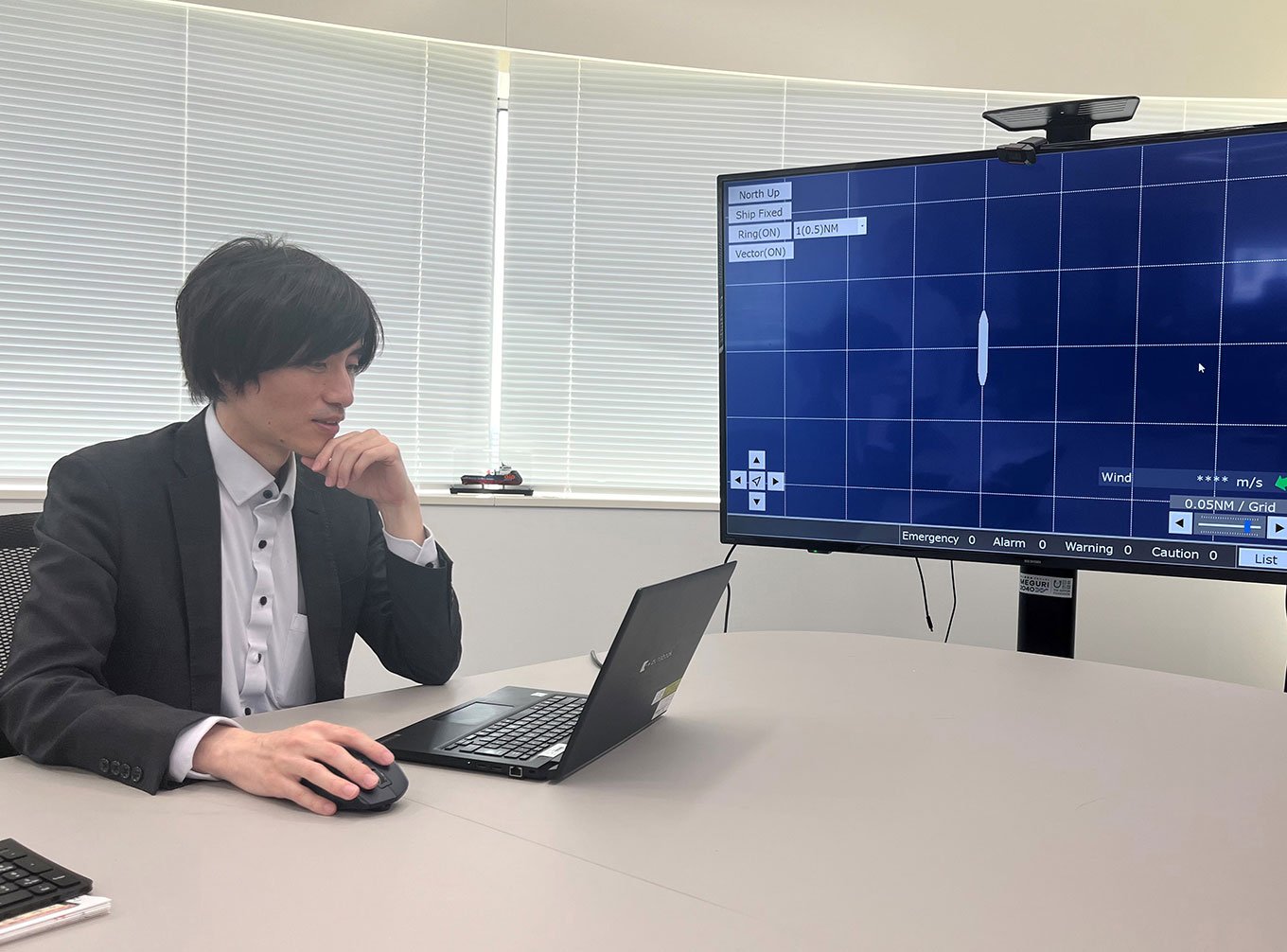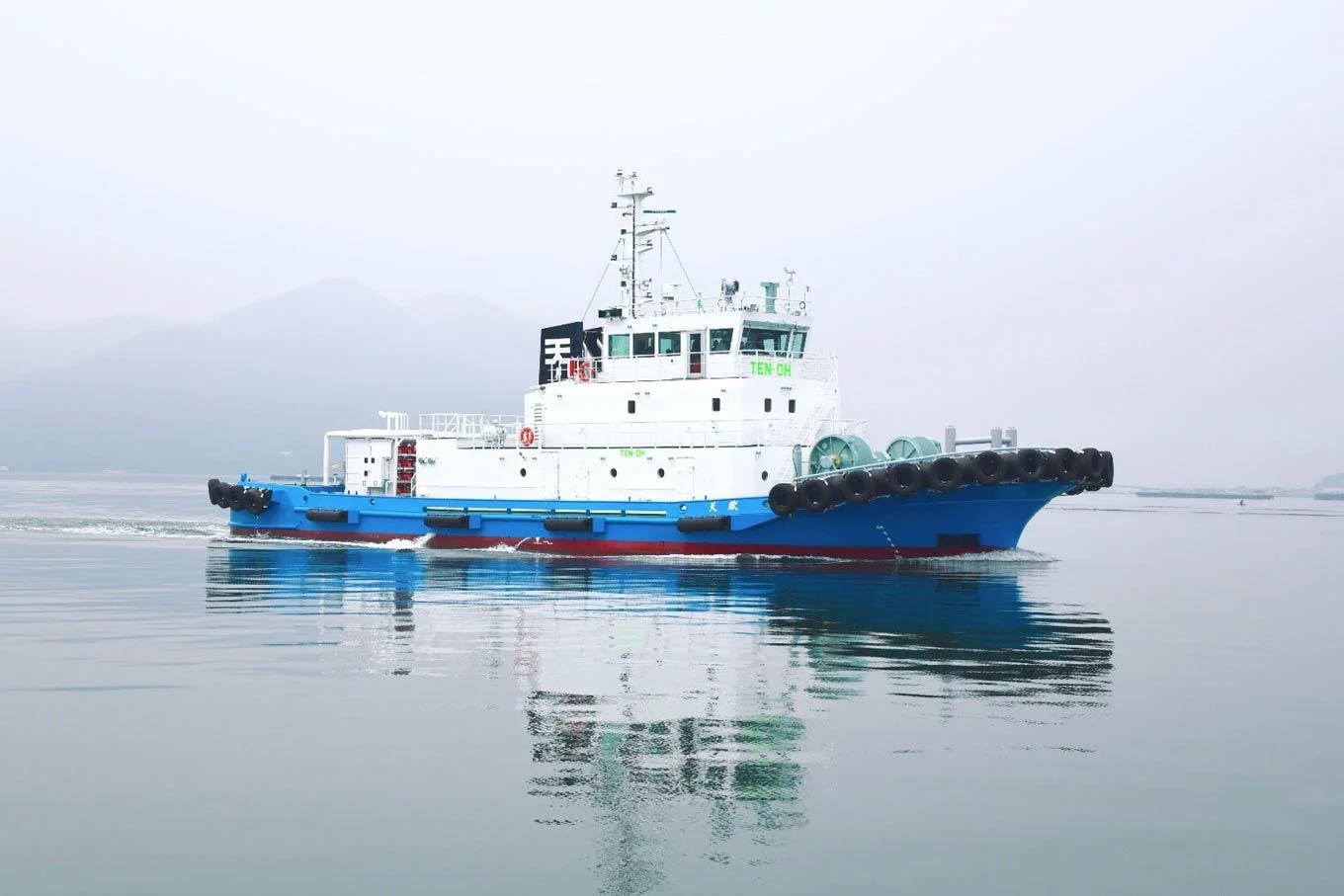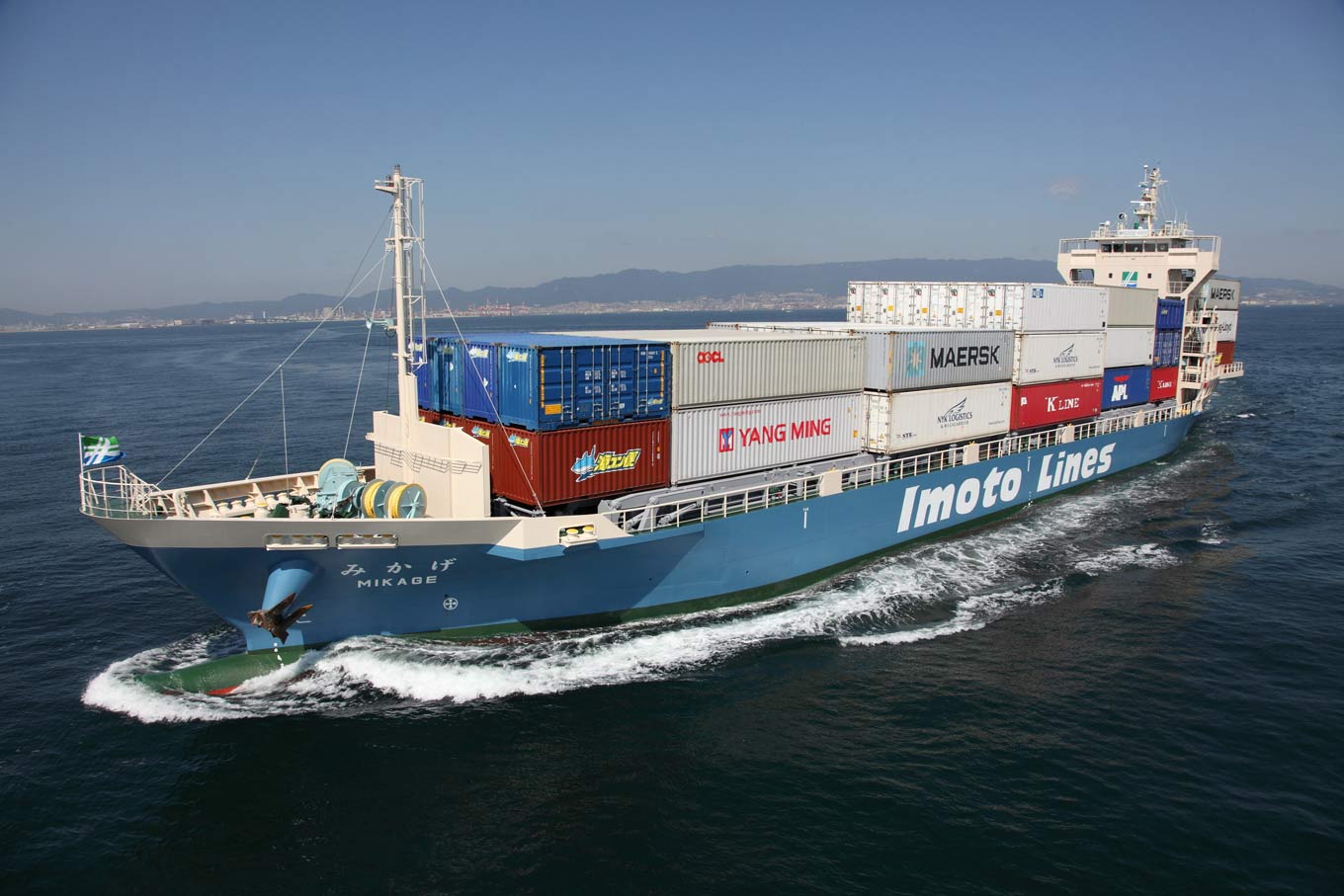
‘Mikage’(Container Ship Working Group)Maneuvering support integrating autonomous navigation technologies with navigators’ seamanship skills
Project overview and development status
Consortium members (partial list; as of April 2024)
- Mitsui O.S.K. Lines, Ltd.
- Imoto Lines, Ltd.
- Furuno Electric Co., Ltd.
- TSUNEISHI SOLUTIONS TOKYOBAY Co., Ltd.
Project overview
With the aging of coastal shipping crews engaged in Japan’s domestic transport and the trend of decline in the number of young crew members, crew shortages are becoming a critical issue. In addition, the amount of work performed by each crew member is increasing, and in response, The Nippon Foundation is putting effort into developing automation technologies to reduce crews’ workloads and facilitate safer navigation. The specific aims are as follows:
– Support ships’ operation with autonomous navigation technologies to reduce crews’ workload.
– Incorporate the knowledge and experience of seasoned crew members to support ships’ operation by young crew members.
– Integrate crews’ seamanship skills with autonomous navigation technologies to achieve safer navigation.
Increased use of autonomous navigation technologies is expected to alleviate shortages of coastal shipping crews and support the maintenance and development of Japan’s coastal shipping industry. This sector is indispensable to the daily lives of people in Japan and the development of ship automation technologies is key to its maintenance and development.
Development status (as of April 2024)
With conventional ships, a navigator scans the ocean using binoculars to confirm the safety of the ship’s route, but with autonomous navigation that function is carried out by cameras using landmark recognition technologies. The functionality of cameras’ recognition technologies is being verified to confirm the requirements for safe automated navigation. Navigators also use radar when operating a ship to avoid collisions with other ships and identify landmarks to be avoided. As with radar technologies, the information that can currently be obtained is being verified to examine in detail the requirements for facilitating safe autonomous navigation.
Navigators take into account a variety of factors when avoiding other ships or obstructions, making it necessary to be able to consider evasive routes. The rudder has to be turned to change a ship’s direction, and improvements are being made to equipment that automatically operates a ship’s rudder to ensure that the ship will be operated appropriately to follow the proposed evasive route.
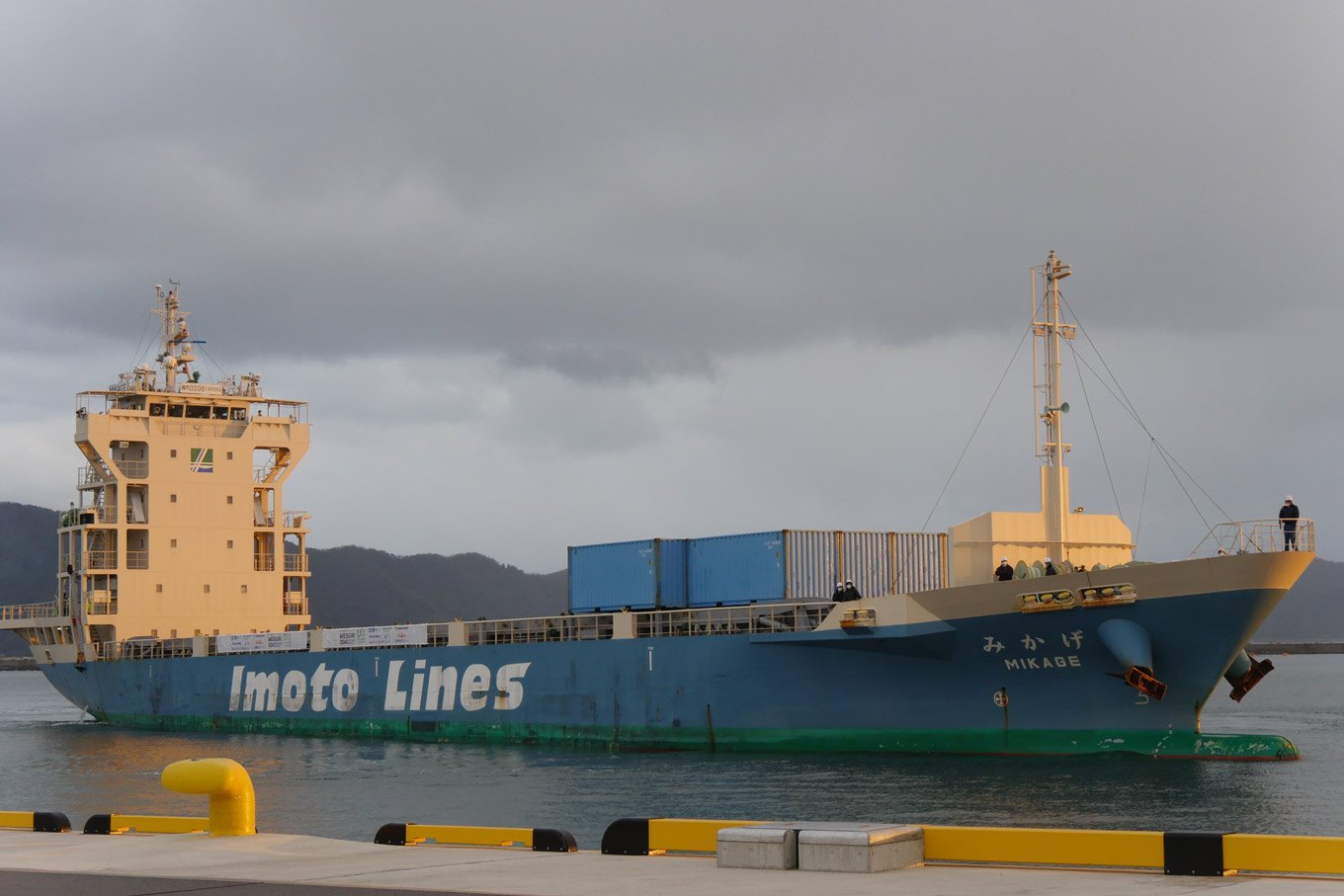
Development highlights
When avoiding another vessel, a ship needs to follow a predetermined ocean route, and which ship will take evasive action depends on the situation. In the development of autonomous navigation technologies to date, top priority has been placed on “not colliding,” but development going forward will seek to avoid collisions by correctly following rules. Therefore, current development is adding a function by which the system determines whether the designated route follows these rules, so that the ship can safely avoid other vessels in the same way as if it were being operated manually by a navigator.
In addition, when a ship has deviated from its planned route, the system prioritizes returning to that route in a short period of time, and this puts a burden on the ship’s rudder and engines. Improvements are therefore being made to control devices for rudders, engines, and other equipment to avoid this situation. In this way, efforts are being made to make the system’s operation smoother and safer.
Looking ahead
Image recognition technologies using cameras and sensors are being integrated to confirm the degree to which they can recognize ships and other objects to be avoided, and the conditions for conducting safe autonomous navigation are being made more specific. Filter functions are also being developed to confirm whether the rules set by the route plotted by the system to avoid another ship are being followed appropriately. With regard to the equipment that automatically operates the ship’s rudder and engines, development is ongoing so that the ship’s operation will be close to that of manual operation by a navigator. Testing is being carried out prior to installation on the ship to confirm that the various equipment carrying out the autonomous navigation is appropriately linked and functioning. After the system’s safety has been confirmed in advance, testing will be conducted at sea with a ship on which the equipment has been installed.
Participants’ comments
Kenichi Satake (Maritime Intelligence Team Coordinator, Maritime DX Co-Creation Unit, Mitsui O.S.K. Lines)
Continuing from Stage 1 of MEGURI2040, we are participating to use our expertise in seamanship in Stage 2 as well. Involving members with a variety of backgrounds makes it possible to gain new insights, and we are acquiring valuable experience through our participation in this project. I personally have experience as a ship’s navigation officer, and on occasion have experienced difficulties myself in actual ship operations. MEGURI2040 will lead to safer navigation and improved work environments for crews, and I hope that this will lead to the recognition of maritime industries as attractive workplaces. Therefore, my role is to be a bridge between actual crews and developers and to make sure that the perspective of ships’ crews will be incorporated in development.
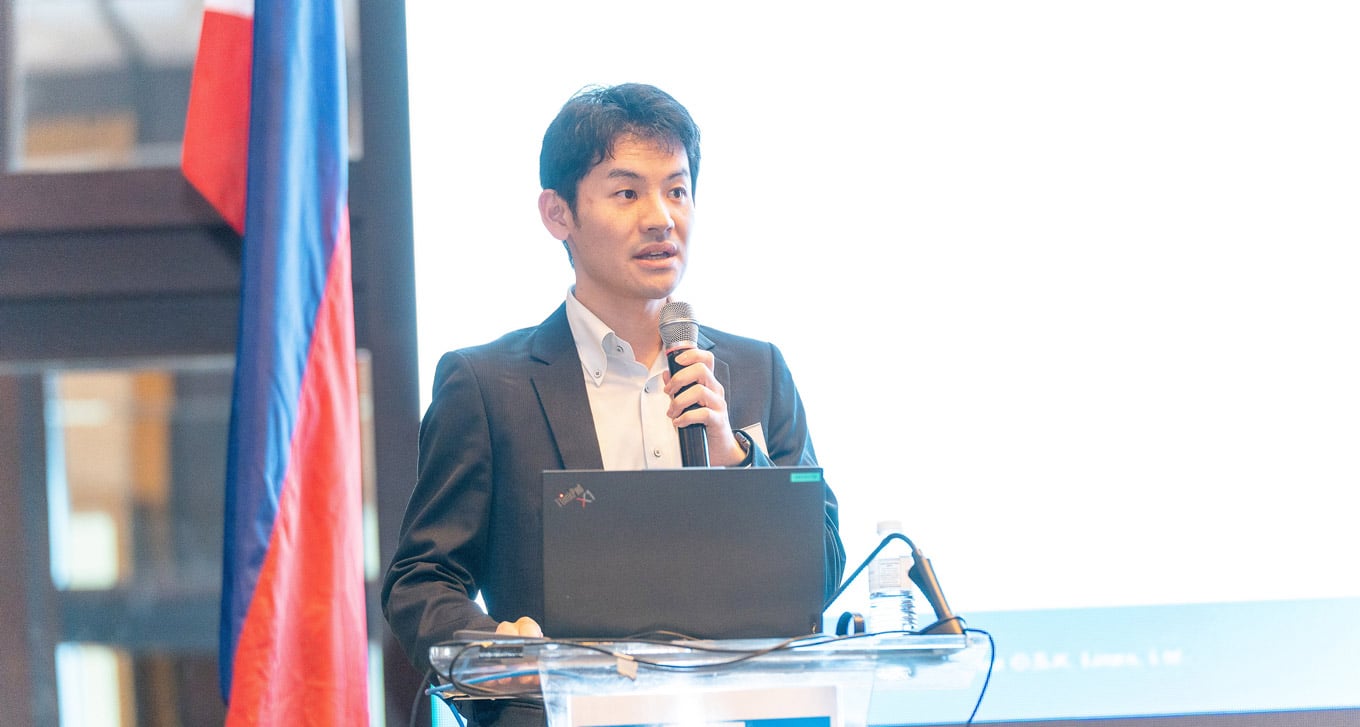
Kosuke Katagiri (Assistant Manager, Autonomous Maneuvering Gr., Business Development Dept., Mitsui E&S Shipbuilding)
I am responsible for developing a system that automatically plots new routes while avoiding collisions with other ships or running aground.
Along with having a system recognize things and make determinations that people have been performing, I am pursuing development with the cooperation and expertise of various people within and outside my company, to ensure that information is appropriately transmitted across related systems and that the system is user-friendly.
I hope that this autonomous navigation technology will support the operations of ships’ crews and lead to safer navigation.
